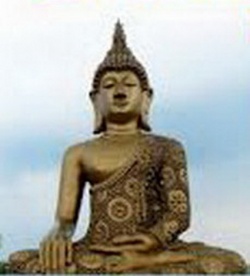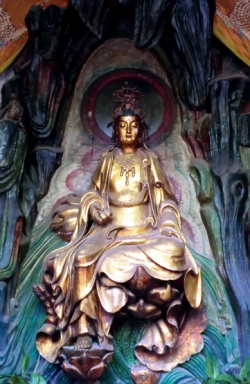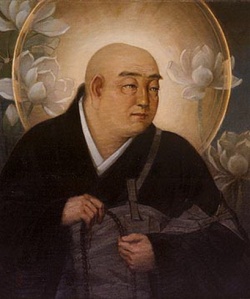How to describe Buddhist Cosmology using Five-Clinging-Aggregates?
How to describe Buddhist Cosmology using Five-Clinging-Aggregates?
31 Planes of Existence in Buddhist Cosmology:
http://www.aimwell.org/assets/31%20Planes%20of%20Existence.jpg
Five-Clinging-Aggregates (Pancha Upadana Skanda)
http://www.accesstoinsight.org/tipitaka/sn/sn22/sn22.048.than.html
1. Rupa (Form/body/corporeality)
2. Vedana (Sensory Feelings)
3. Sanna (perception)
4. Sankhara (volition)
5. Vinnana (infinitesimal knowledge)
In particular, how do Vedana , Sanna , Sankhara & Vinnana fit into Arupa world?
They do not, as as far as I know the five skandas apply only to human beings and we can assume animals.
Other Answers
start with innumerable amount of living organisms in infinite universes in the infinite space. each universe has its own 31 realms of existence. generally beings belong to a universe don't get reborn in other universes - till their universe is destroyed by fire (heat), water (condensation) and wind (sort of storm occurs in space) - then everything in the universe is destroyed: stars, planets, galaxies, all.
here universe is rupa.
namma is the property of beings. information is perception - stored within namma so we may remember the past infinity. beings are the law holder in the nature. if there were no beings, there would be no existence. but beings have desire (chanda http://en.wikipedia.org/wiki/Chanda_(Bud... to exist, feel, sense, be conscious, want to do, the list is everything.
Chanda is the creator. It creates right here right now and the universe is the collective desire of all living organisms. Look Paticcasamupadha http://www.buddhanet.net/bvk_study/bvk21... Here all beings are equal fundamentally. What makes us different is the credit or merit that kusala (good deeds) is like construction and akusala (demerit or bad deeds) is destruction. Nobody other than oneself can build up the credit and demerit oneself. Here parami (http://en.wikipedia.org/wiki/Parami) is perfection or building up good deeds. That's how beings are different.
Yet there is no actual being but five aggregates in single unity is called being or human or animal or god or ghost ... however, there are beings with rupa or namma only - as some types of brahmas of the arupa world.
Our existence (life) is not a string but units - beads on the string - i.e. mind. Unlike rupa (physical - cells, hormones etc), mind occurs one at a time but with extreme speed. By theory, a line is made of dots. The same to mind that units. one unit appears as life and dies and spontaneously another mind appears. We are reborn that right here right now and that same condition is applied when mind reappears in the next body. This mind is not causeless - see paticcasamupadha.
So for arupa brahmas, the same laws are applied.
However, Rupa Brahmas (see form realm in following article) don't have namma: vedana , sanna, sankhara and vinnana - that's the bliss they have. Bliss because the five aggregates are sufferings - especially vedana.
Arupa Brahma (formless realm) has no physical body - just a mere existence of namma.
http://en.wikipedia.org/wiki/Buddhist_co... (the distance given by the article only reflects general information. It doesn't explain how distance is calculated in Buddhism. As we know we cannot find the four directions in cosmos, there is no actual idea of upward or downward but outward only - we don't really know how far and which direction. But very far.)
For those brahmas, the state of existence is of jhānas constantly. They (rupa brahmas) have no aspect of five senses so they cannot know when you speak to them, touch them... The same to the formless brahmas.
But they still have the potential of rebirth in different 31 planes of existence as they are living life.


